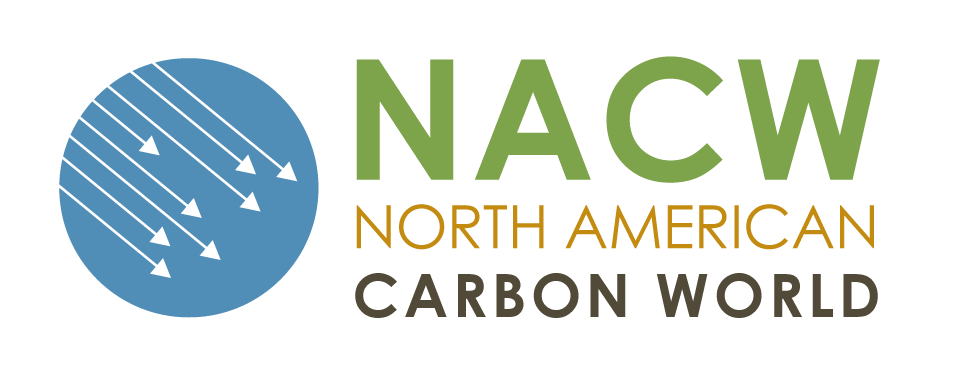The Climate Action Reserve (Reserve) U.S. and Canada Biochar Protocol provides guidance to account for, report, and verify greenhouse gas (GHG) emission reductions and carbon removals associated with the production and application of biochar.
| Current Protocol Version(s) Available for Project Submittal | Adoption Date | Notes and Supporting Documents |
|---|---|---|
| US and Canada Biochar Protocol V1.0 | March 19, 2024 | **Currently under revision** |
Protocol Revision
Current update in progress
The U.S. and Canada Biochar Protocol is currently undergoing an update to Version 1.1. For more information, please visit the U.S. and Canada Biochar Protocol development webpage.
Protocol Supporting Documents
| Document/Tool (version) | Description | ||||||||||||
|---|---|---|---|---|---|---|---|---|---|---|---|---|---|
| Eligible Biochar Feedstocks List | The feedstocks listed herein are eligible for inclusion under a biochar project registering under the Reserve’s U.S. and Canada Biochar Protocol. | ||||||||||||
| Eligible Biochar End Uses List | The end uses listed herein are eligible for inclusion under a biochar project registering under the Reserve’s U.S. and Canada Biochar Protocol. | ||||||||||||
| Mean annual soil temperature GIS layer | The Reserve provides a standardized spatial layer of mean annual soil temperature to be used by project developers to determine the soil temperature of end use locations associated with the biochar from the project. | ||||||||||||
| Biochar CRT Calculation Tool v1.0 | The Reserve has developed a Biochar CRT Calculation Tool to assist with the quantification of projects using the U.S. and Canada Biochar Protocol. The equations in the tool mirror those in the protocol and perform calculations for all required and optional SSRs to conduct protocol-compliant emission reduction estimations. Use of the tool is optional. | ||||||||||||
| Randomized Date List for Retention Sampling | At the end of each month, the Reserve will post a list of randomized dates for the previous two-month period. Project Developers must retrieve the list for any two-month period during which biochar was produced under the project. | ||||||||||||
| Biochar Sample Reporting Tool v1.0 (coming soon) | The Reserve provides a Biochar Sample Reporting Tool that helps project developers document how ongoing laboratory results compare to the running averages from prior results and determine if new Initial Parameter Sampling must be performed. | ||||||||||||
| Approved Laboratory Analytical Standards | Accepted laboratory analysis methodologies that can be used by projects currently include those specified by:
In addition to the methodologies included in the standards listed above, the following methodologies are approved for use by projects for individual analytical targets:
|
Project Registration Documents
| Document | Description | Required Phase | Privilege |
|---|---|---|---|
| U.S. and Canada Biochar Project Submittal Form | A proposal to undertake a biochar project. | Project Submittal | Public |
| Project Data Report template | The Project Data Report assists project developers in identifying high areas of risk, highlight important aspects of the protocol, and facilitate verification. | Verification | Public |
Knowledge Hub
- Empowering Climate Action through Biochar: Insights into the U.S. and Canada Biochar Protocol V1.0 (August 13, 2024)
Introduction and overview of the recently adopted U.S. and Canada Biochar Protocol




